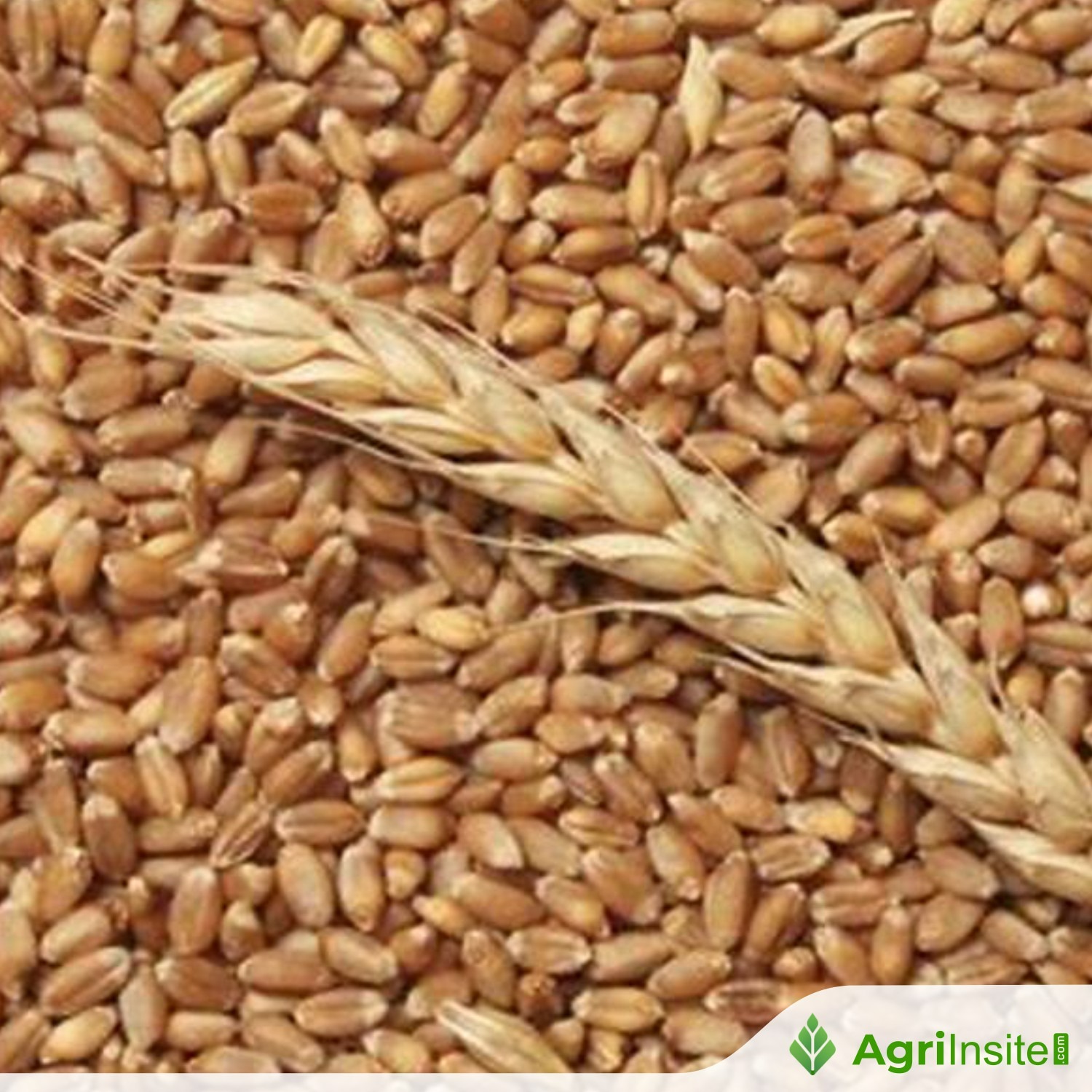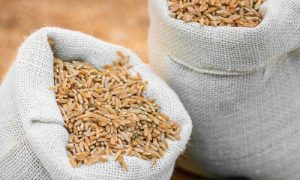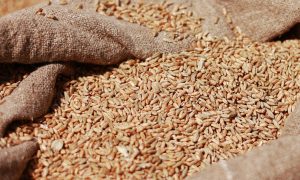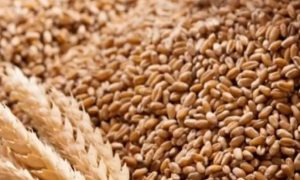India proposes lifting wheat-product export ban amid record stocks

India may lift its three-year ban on wheat-product exports as stocks reach 30.46 million tonnes, well above required levels. The Food Ministry has proposed allowing 1 million tonnes of shipments. Strong crop prospects, weak auction demand, and rapid wheat sowing support the move, which could stabilize prices and help India regain traditional export markets.
The Indian government has proposed lifting the nearly three-year-old ban on wheat-product exports, which was imposed in May 2022 due to a smaller harvest, rising inflation, and food security concerns. Wheat stocks in the country have now reached 30.46 million tonnes, well above the buffer norm of 20.52 million tonnes for January 2026. The Food Ministry has recommended allowing an initial export of 1 million tonnes of wheat products.
The proposal, submitted to the Ministry of Commerce, cites strong crop prospects and ample domestic supplies. Officials say that controlled exports would help India reclaim its traditional markets for flour, maida, and sooji.
A recent attempt to sell wheat through Food Corporation of India’s open market auction received only a lukewarm response: of the 200,000 tonnes offered, only 69,000 tonnes were sold at ₹2,550 per quintal. Analysts note that the strong stock position is helping stabilize retail prices.
Flour millers have welcomed the proposal. Navneet Chitlangia, president of the Roller Flour Millers’ Federation of India, highlighted that another bumper harvest is expected this year due to surplus monsoon rains. He added that lifting restrictions would help the industry regain traditional wheat product export markets.
So far, wheat sowing is progressing rapidly, with 2.27 million hectares already planted, up 127% from last year. The Ministry of Agriculture projects a record wheat output of 117.5 million tonnes for the 2024–25 season, a 3.7% increase over the previous year. Lifting the export ban is expected to support price stability, improve milling capacity utilization, and benefit exporters, millers, and farmers.
To Read more about Wheat News continue reading Agriinsite.com
Source : Ukr Agro Consult
















